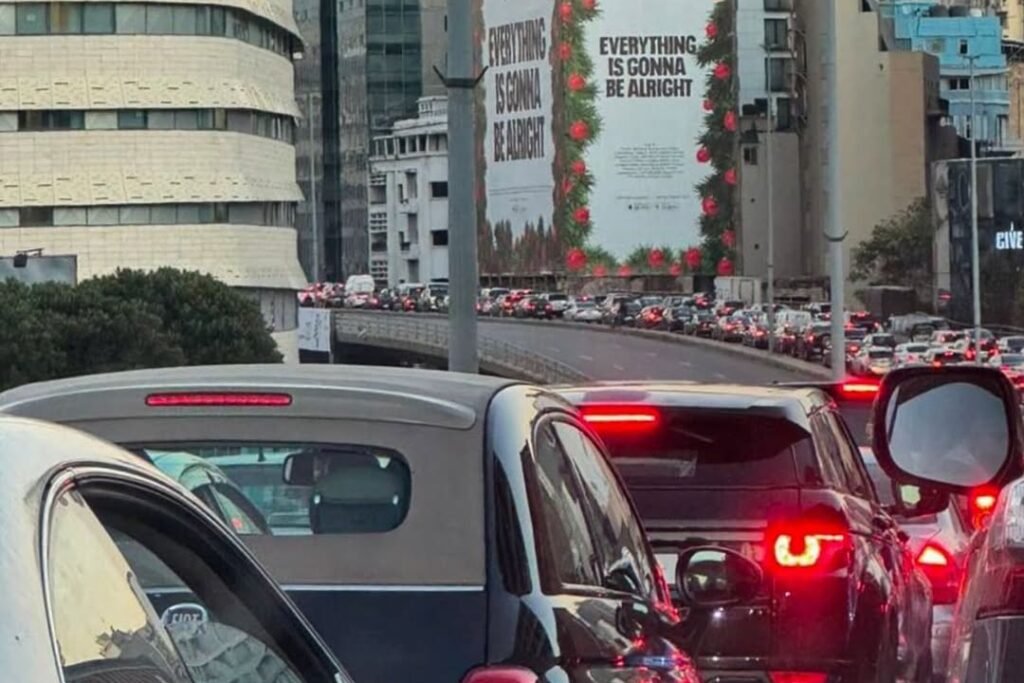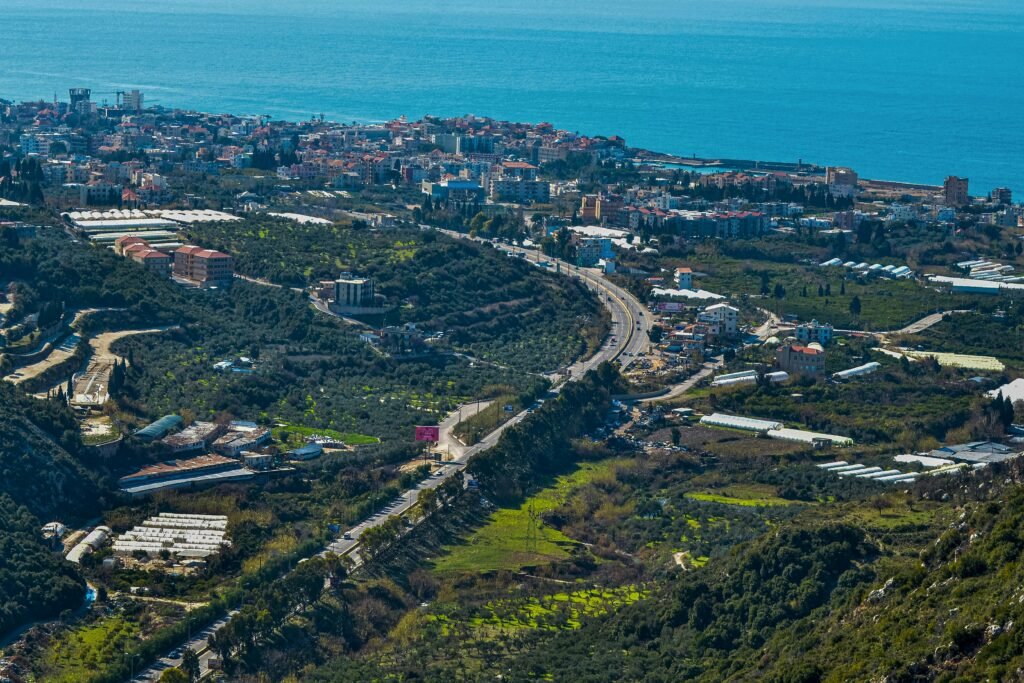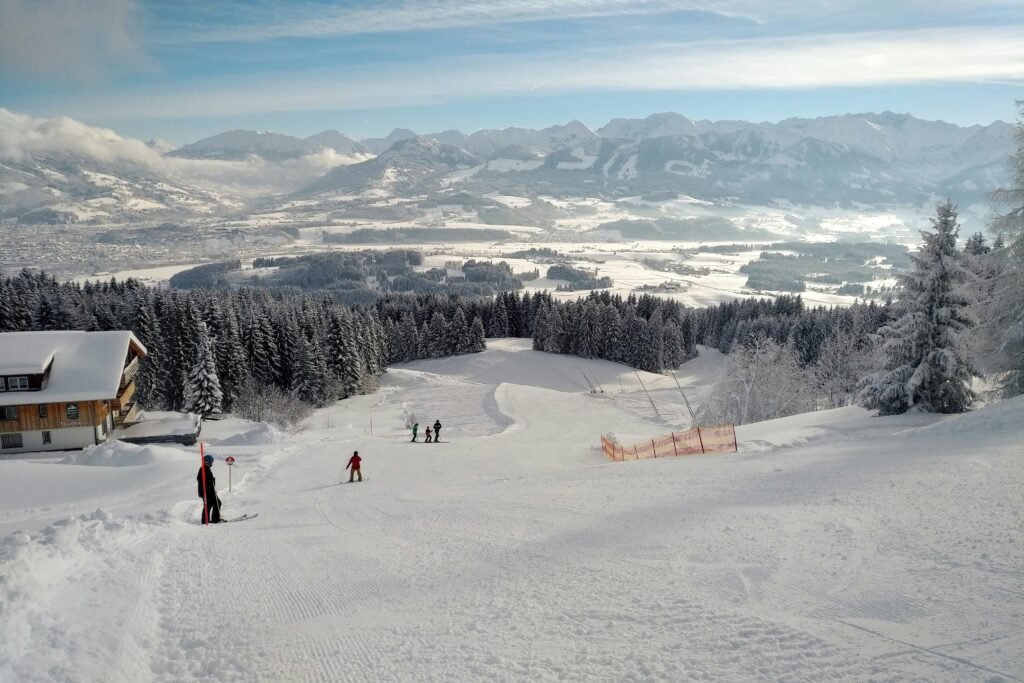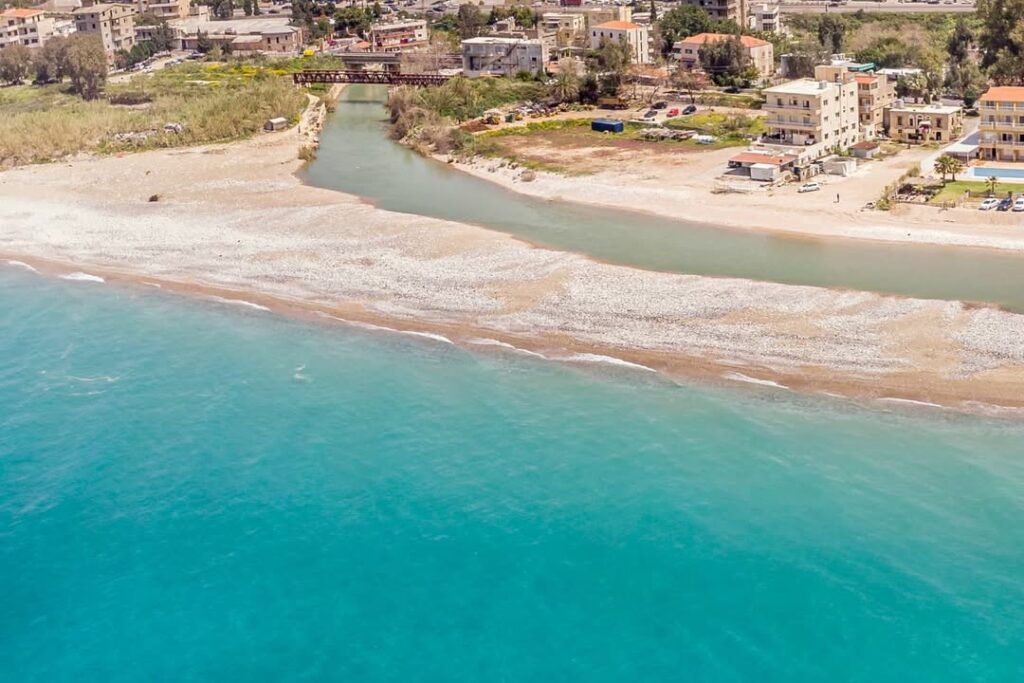Lebanon, a country rich in history, culture, and breathtaking landscapes, offers travelers the unique opportunity to explore its wonders with ease. However, navigating a new country can be challenging without the right information. Whether you’re strolling through the bustling streets of Beirut, venturing to the ancient ruins of Byblos, or soaking in the coastal views of Tyre, understanding public transportation in Lebanon is key to making the most of your journey.
In this guide, we’ll break down how to get around Lebanon—from the popular shared taxis and affordable buses to renting a car for those off-the-beaten-path adventures. With its compact size, you can traverse the entire country in just a few hours, but knowing the best routes and transportation options will ensure a smoother, more enjoyable experience.
Table of Contents
How to Get Around in Lebanon?
Lebanon is a small country—you can cross it from end to end in about 3 hours. To get around, most people use shared taxis, many of which, like buses, follow fixed routes. Buses also connect Beirut to other major cities, but they are less frequent compared to shared taxis. Both buses and basic car rentals are inexpensive.
The Bus
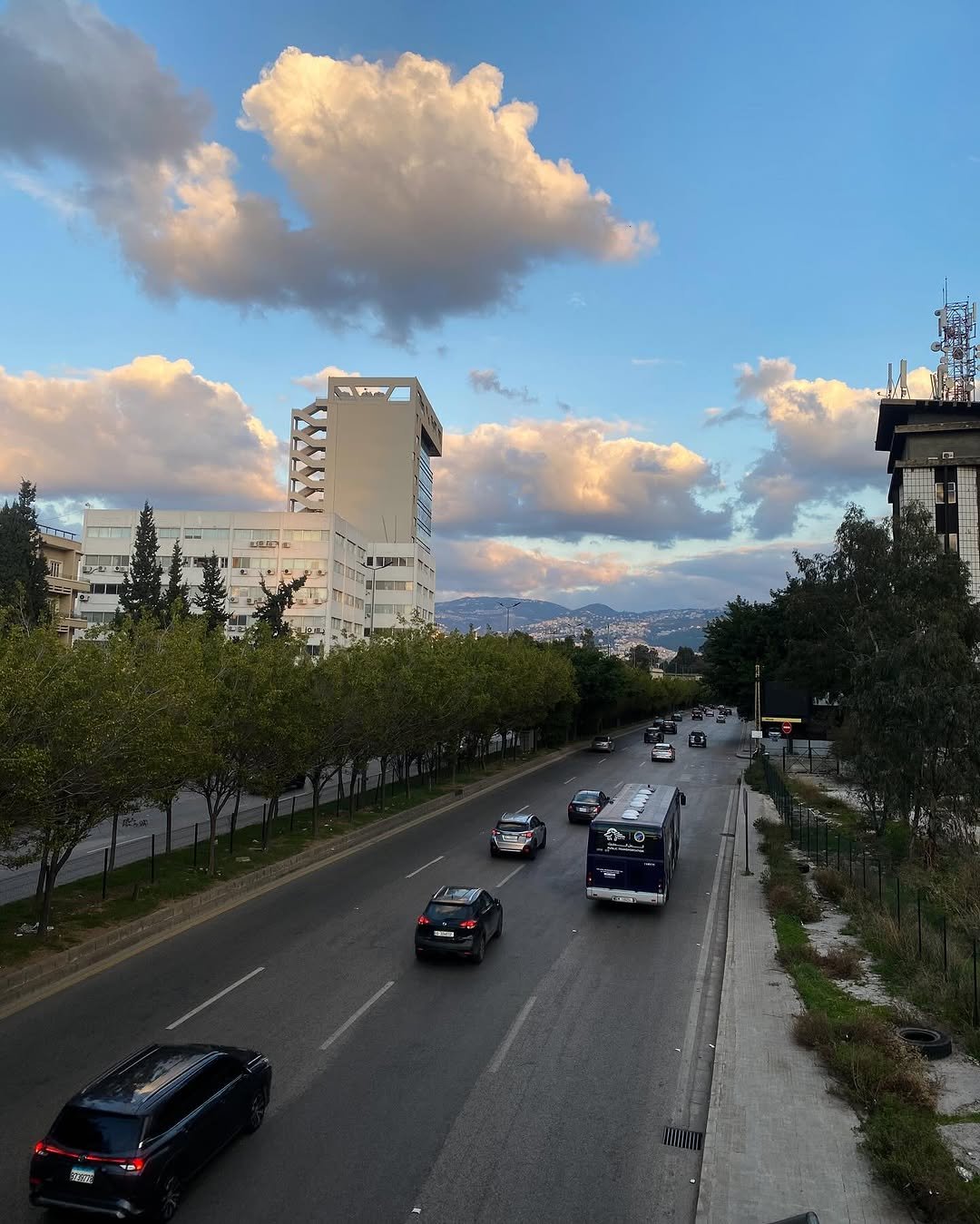
The bus is the most popular mode of transportation, though the service is irregular, and the number of vehicles is limited. However, buses are very affordable.
- Urban Buses in Beirut: Public buses are often red and white, or beige. There are no official route maps, but destinations or line numbers are displayed on signs behind the front windshield of each bus.
- Intercity Connections: Buses connect Beirut with major Lebanese cities such as Byblos, Tripoli, Tyre, and Sidon from the bus station located at Beirut’s port (Charles Helou Station).
- Comfortable Coaches: Some more comfortable coaches, like Ahdab, offer round trips to Tripoli in a single day. From Cola Roundabout in Beirut, you can travel to the suburbs or to Sidon (Bosta coaches), Chtaura, Masnaa (border), and Damascus.
- From the Airport: Taking a bus from the airport to Beirut is not easy. You need to leave the airport and head towards Beirut to catch one of the red and white LCC buses, line 5, at Cocodi stop. It’s generally recommended to take a taxi instead.
Taxis
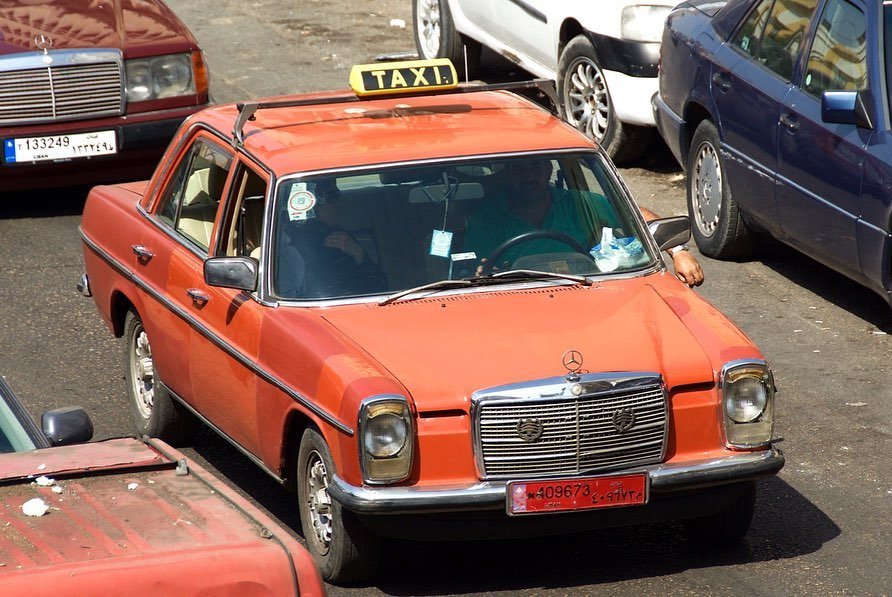
Taxis in Lebanon are easily recognizable by their red license plates.
- Taxis Without Meters: Most taxis don’t have meters, so it’s essential to negotiate the fare before getting in. Drivers usually understand French or, if not, English, but it’s wise to have your destination address written in Arabic.
- Taxi Rentals: You can hire a taxi for a single trip or rent it for the whole day, depending on your needs.
Shared Taxis (Service Taxis)
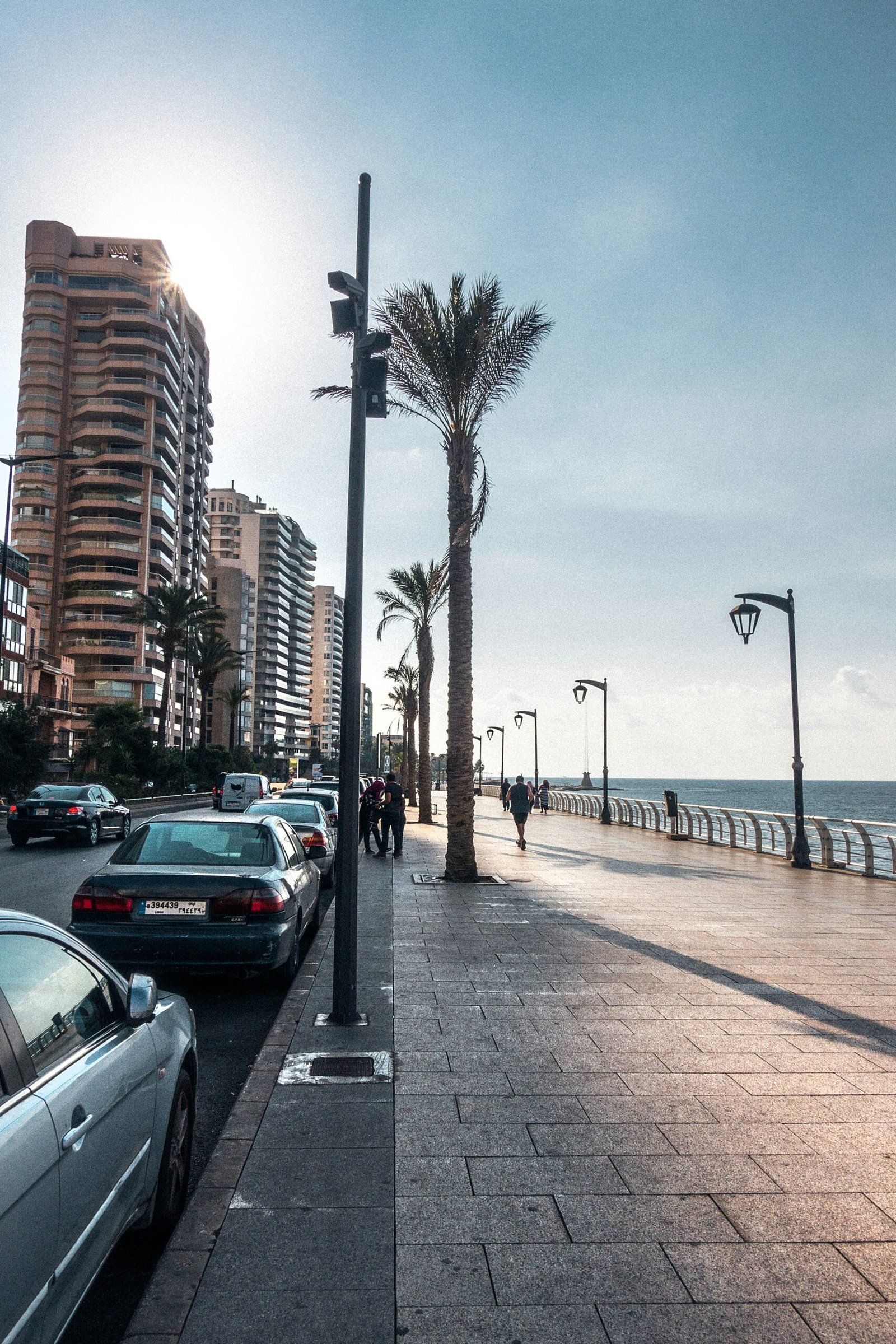
Shared taxis, known as service taxis or simply services, are a common and cost-effective way to get around.
- How They Work: These vehicles can carry up to five passengers. The fare is the same for each passenger: expect to pay around 2,000 LBP for a short trip and 4,000 LBP for longer rides. For intercity travel, fares are around 5,000 LBP for 15 km.
- Custom Routes: Service taxis operate on routes requested by passengers. They can depart even if the vehicle isn’t full. If that happens, it’s customary for the first passenger to sit in the front seat—this signals to others that it’s a shared taxi, not a private one.
- Booking a Shared Taxi: You can also book a shared taxi with others from Cola Roundabout or from Beirut’s suburbs.
- Safety Note: There have been reports of scams and assaults in shared taxis. It’s advisable to avoid this mode of transport, especially if you’re alone or traveling at night.
Ride-Hailing Services (VTC)
Several ride-hailing platforms operate in Lebanon’s major cities. Always double-check your location before booking a ride.
Driving a Car
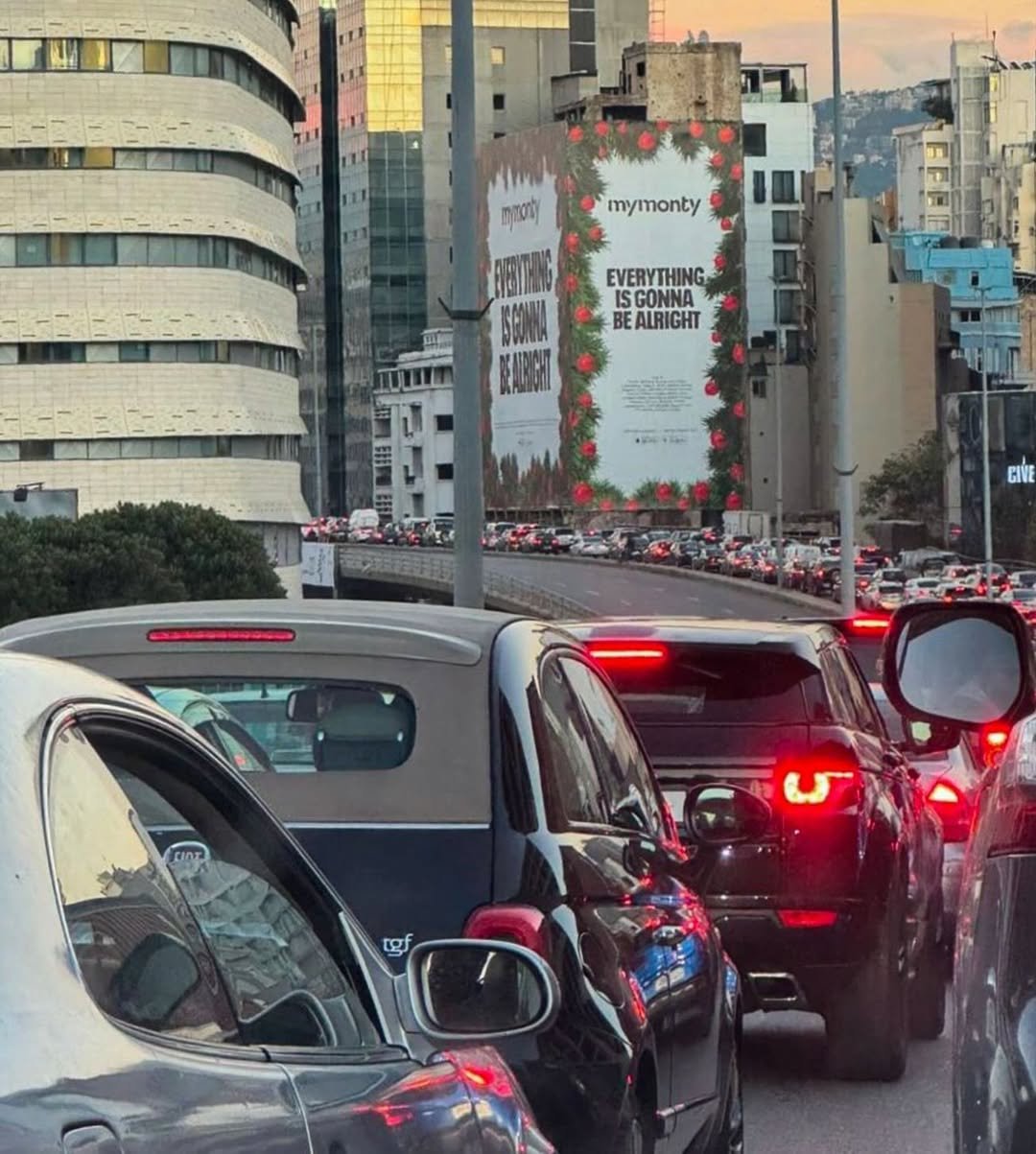
Renting a car in Lebanon offers great flexibility and is affordable due to competitive rates and low fuel prices.
- Requirements: You must be at least 20 years old to rent a car. Rental agencies are now available in the arrivals hall of Beirut airport. Most cars have automatic transmissions.
- International Driver’s License: An international driver’s license is mandatory. It’s free and can be obtained from your local prefecture or sub-prefecture. It’s valid for three years.
Driving in Lebanon
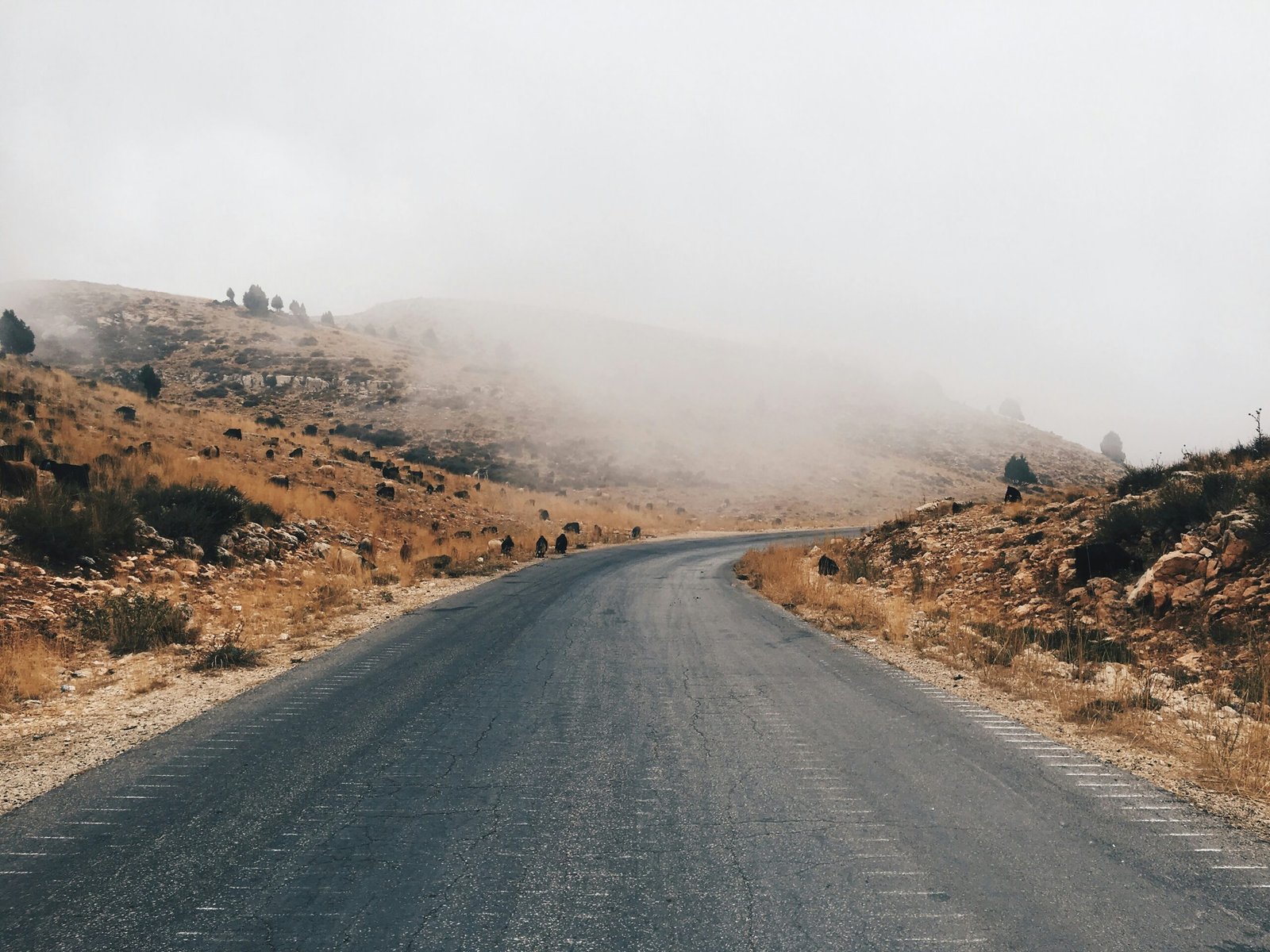
Driving in Lebanon can be challenging due to poor road conditions.
- Driving Rules: Driving is on the right-hand side. Roads are often in poor condition, though improvements are underway. However, street lighting at night remains insufficient, making night driving on smaller roads dangerous.
- Diesel Vehicles: Diesel vehicles are banned in Lebanon.
- Traffic: You can drive from north to south in just 3 hours, but traffic jams are frequent, especially in summer along coastal roads.
- Parking: Parking in cities isn’t too difficult. It’s usually free, but some streets have parking meters. Private parking lots are also available in Beirut, costing around 5,000 LBP.
- Traffic Lights and Law Enforcement: Traffic lights are generally respected when traffic is heavy. Traffic is managed by the police (dark gray uniforms and caps), the gendarmerie (light gray camouflage with bright red berets), or motorcycle police officers (white helmets, gray uniforms, American motorcycles).
- Seatbelt Law: Wearing seatbelts is mandatory in both the front and back seats. Violators can face fines ranging from 25,000 to 100,000 LBP and even up to 10 days in prison.
Military Checkpoints
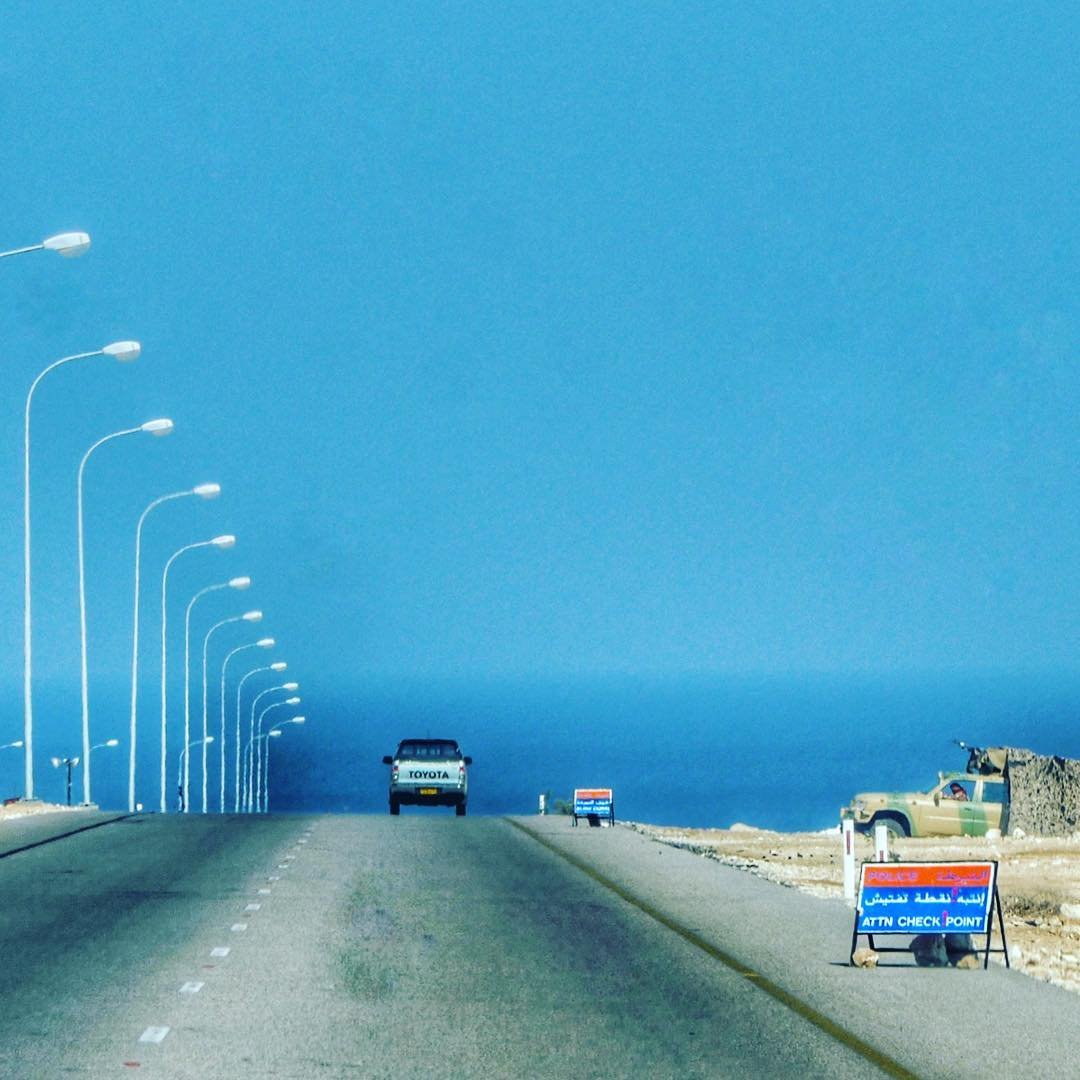
Military checkpoints are common on Lebanese roads and are marked by red and white guard posts.
- Checkpoint Procedures: When approaching a manned checkpoint, slow down and come to a complete stop. At night, it’s customary to turn on your interior light. In rare cases (such as in southern Lebanon), your passport may be requested—but never hand it over. The integrity of the Lebanese army and gendarmerie is generally reliable.


